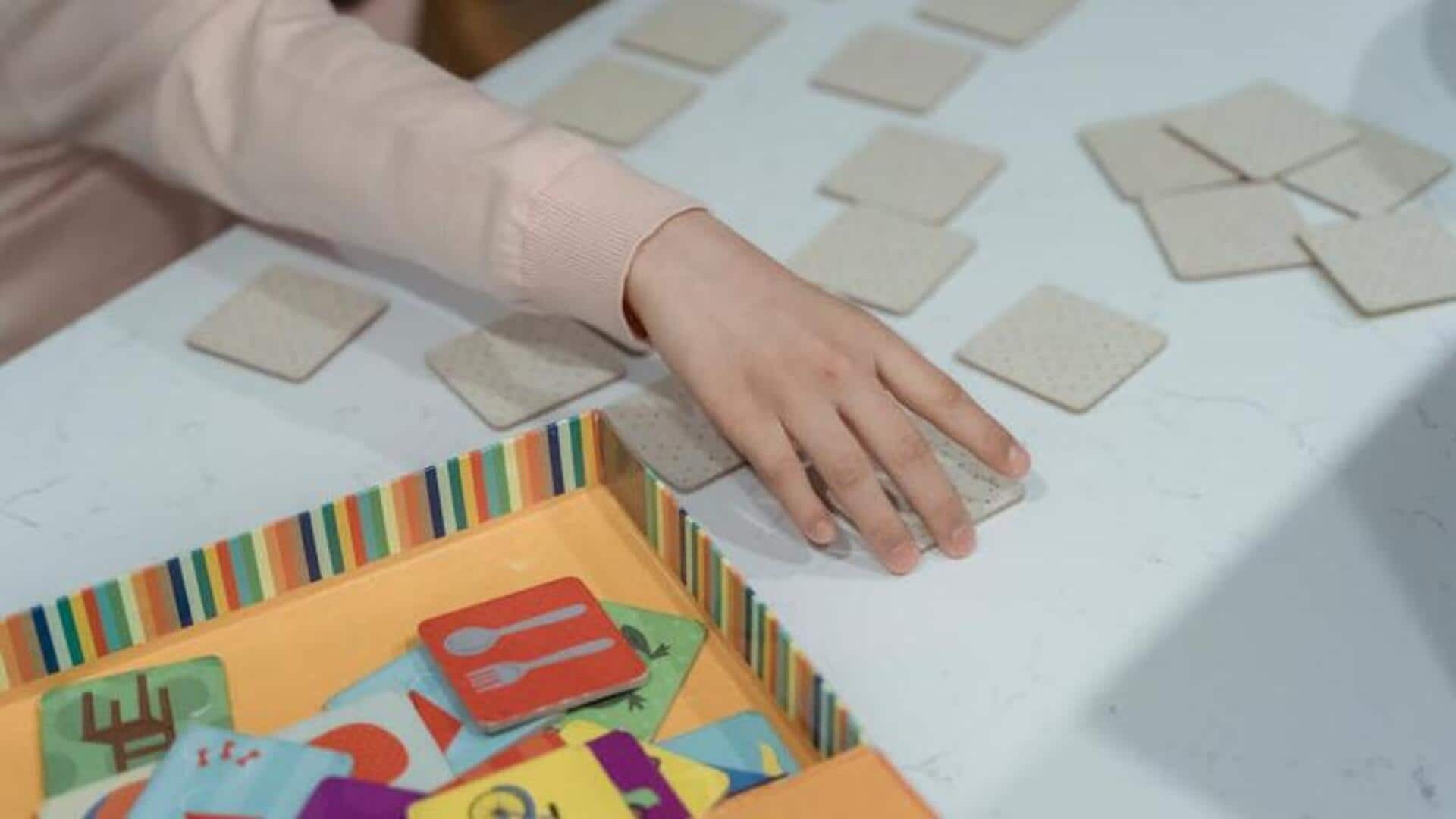
See it, remember it: How visual cues boost your memory
What's the story
Visual association techniques can drastically improve memory retention by associating information with vivid images. This method taps into the brain's natural capacity to remember visual cues better than abstract data. By linking new information with familiar visuals, you can improve recall and comprehension. These techniques are especially useful for students, professionals and anyone else looking to hone their cognitive abilities without rote learning.
Mind mapping
Create mind maps for better recall
Mind maps are a great way to organize information visually. By creating a diagram that connects related concepts through branches, you can see how different pieces of information are related to each other. It helps in structuring thoughts and improving memory retention by providing a clear visual representation of complex topics.
Loci technique
Use the method of loci technique
The Method of Loci relies on associating information with physical locations or landmarks in a familiar environment. By mentally placing items you want to remember along a road or path you know well, you create a mental journey that helps recall them. The ancient technique works well because it leverages spatial memory, which is naturally strong in humans.
Visualization practice
Employ visualization techniques regularly
Regular practice of visualization techniques can boost memory by creating strong mental images linked to the material being learned. For example, when memorizing facts or figures, visualize them as part of an engaging story or scene. This way, abstract data becomes more concrete and easier to remember.
Mnemonics usage
Leverage mnemonic devices for memory aid
Mnemonic devices rely on visual imagery and associations to remember lists or sequences of information. Creating acronyms or rhymes associated with vivid images can make recalling those details much easier. These devices work by turning complex data into memorable chunks that are easy for the brain to retrieve.
Imagery integration
Integrate imagery into learning processes
Essentially, incorporating imagery into learning processes means using pictures or diagrams in addition to text-based materials. This dual coding makes understanding and retaining information easier by engaging both verbal and visual memory pathways in the brain at the same time. It makes recalling information later on, easier.